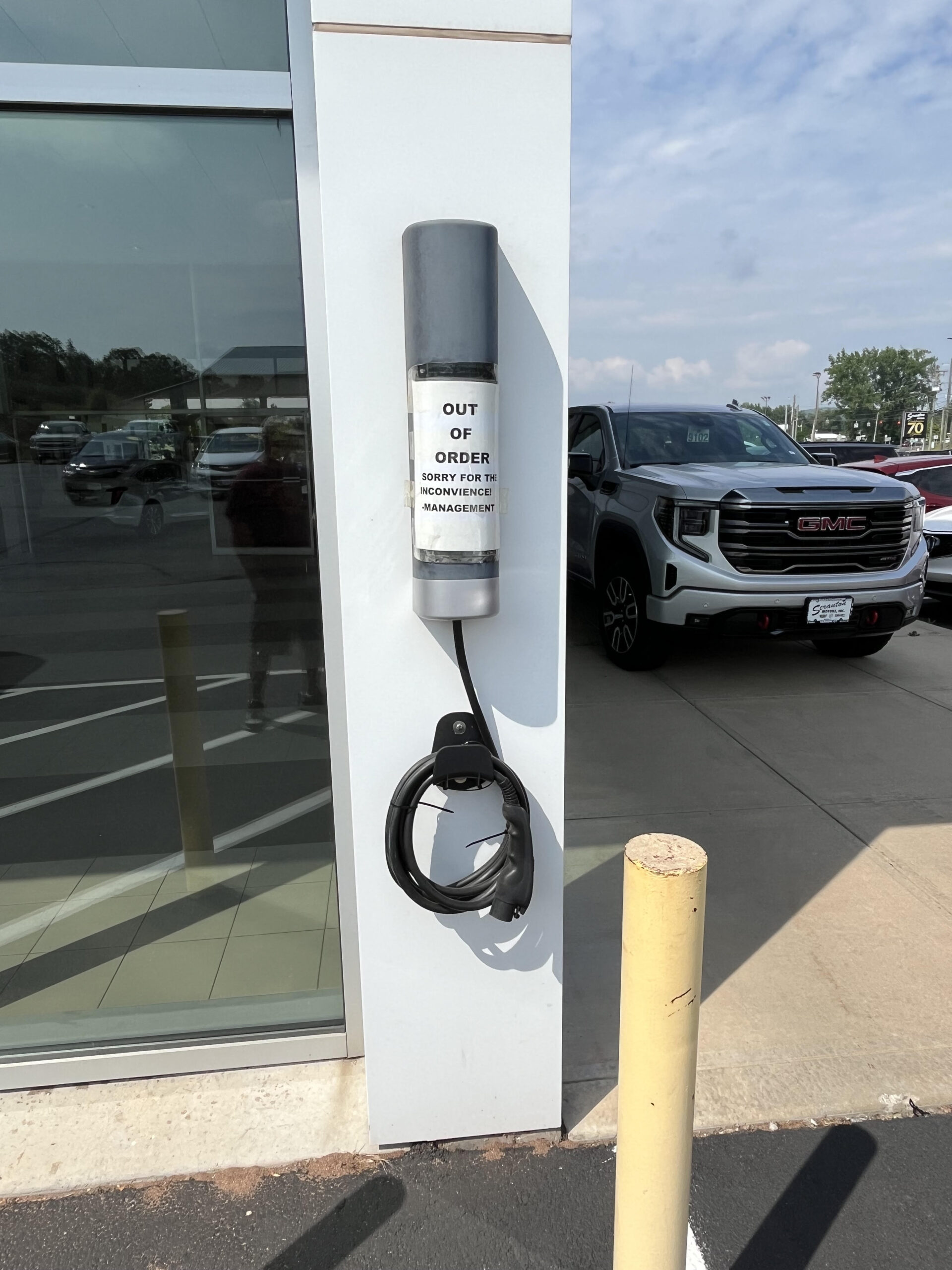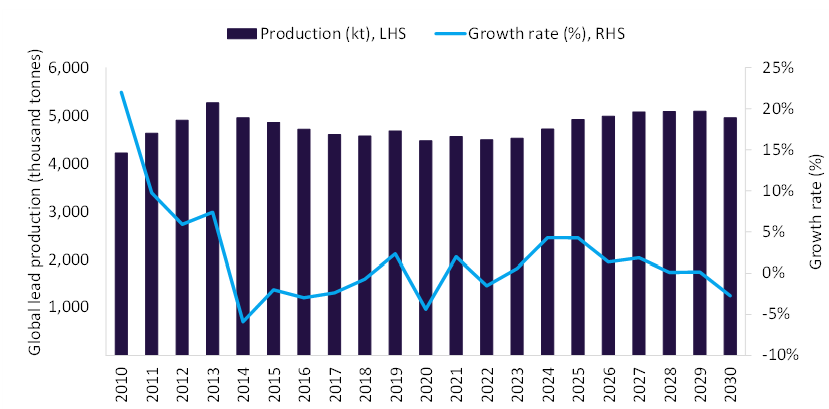
I was backed into a space at the town library, quickly sorting through the books I had just borrowed. I looked up and saw a small vehicle driving into the lot. “Chevy?” I wondered as it drove closer. “Bolt?” Yup, and blue at that, just like mine. (“Two Chevy Bolts walk into a bar....”)
The Bolt pulled into an adjacent spot. I grabbed my iPhone and jumped out. “I have to get a picture!” I admitted to the other driver. “Do you mind?” He presented as a 30-something male with a light brown ponytail. He also had a phone/camera in his hand.
What ensued was a really great conversation between one enthused Chevy Bolt owner and another.
As we snapped pictures of the side-by-side EVs, we started talking easily and readily about our Bolt experiences.
Can get a lot of vehicle satisfaction: “It’s the best car I ever owned,” my companion declared happily. I responded that I had only owned the car for a month but was really liking it. I continued that it was reliable, quiet, smooth riding, and had great range. I explained that I lived on the base of a small mountain, so, while going up means eating about 10 miles of expected range, the Bolt loves the trip back down and gains the miles back!
The Chevy Bolt is what’s known as an “orphan car” in auto industry parlance — a vehicle produced by a company brand that has discontinued business. Chevrolet eventually plans to stop making the small hatchback in favor of newer EVs that use GM’s third-generation platform and Ultium battery propulsion. CEO Mary Barra admitted in an NPR interview that the Chevy Bolt “is something that has built up a lot of loyalty and equity. So, I can’t say because I don’t discuss product programs, but … that’s an important vehicle in our portfolio.” Is there hope for a Bolt reboot? Current owners want to know so that we can plan future purchases.
Recall means renewed: My Bolt pal asked if I had the new battery, acknowledging that he thought it must be. I confirmed his suspicion, relating how, in initial conversations with the car dealer, I was told that no car with a recall on it can be sold at a dealership. My companion expressed a sentiment that I’ve held since purchasing this used 2017 Bolt — “It’s like getting a new car all over again,” with an 8-year/ 100,000 mile battery warranty.
(Since 2020, GM has been forced to repair every single copy of the car with a complete battery pack replacement, as my colleague Jennifer Sensiba reported. There were very few actual battery fires, but the company eventually found that defects in LG Chem battery cells GM used were so widespread that repair and monitoring to show signs of trouble wasn’t an option. Instead, all packs were completely replaced with new cells.)
Train your battery brain: We talked about the range indicator on the dash. I allowed how the car is still getting to know us. It adds more anticipated range on the dash every time we charge it back up, adjusting the possible miles per charge level based on our past driving pattern. My companion added to that hypothesis with an illuminating notion. “The Bolt continues to increase its range expectations as you train it — it thinks it still has the original battery.” Ah, that makes sense.
When the Bolt EV was introduced in 2017, it had a 60 kWh pack and was EPA-range rated at 238 miles. Then, in 2020, GM increased the battery capacity to 66 kWh, which added 21 miles of EPA-rated range. That made the 2020 Bolt’s official rating 259 miles. However, under the recall and replacement plan, all Bolt EVs get the new larger battery pack. That means the Bolts made in 2017 through 2019 have more capacity than their original pack.
No range anxiety here: We agreed that the Bolt’s range is fine for 95% of travel. I related how my husband Steve installed an outdoor plug on our vacation home’s shed, and we plug in overnight and as needed. My new companion’s travel is also generally around town or shopping a dozen or so miles away in suburbia, so, he, too, found the range to be adequate for his needs.
Of course, there’s always an exception to the rule. My new pal described a road trip to southern Maine he took with a trailer hitched to the Bolt, loaded with 2 kayaks. What would’ve been a 3-hour trip in an ICE vehicle extended to 6 hours. He had difficulty distinguishing chargers that were open to the public from those that were restricted to consumers who had purchased there. “Don’t try to charge at a Harley dealership,” he warned, still simmering from being dismissed when in charging need. I related how the dealership where we bought our Bolt had an off-limits sign on a prominent lot charger to keep away a neighbor who was charging his LEAF there daily. Now it’s only people who buy from the dealership and who are in the know who can charge there.
One charging system to rule them all: My companion mentioned that he had heard that the Tesla charging network might someday be available to non-Tesla EV owners. At this point in the conversation, I felt comfortable enough to admit that my other car in FL was a Tesla Model Y, and that there was no equivalent to the wonderful experience of stopping off I-95 at a Supercharger. I explained about the NACS and how in the near future, non-Teslas with an adapter would be able to experience the joys of a Supercharger, too. He seemed to feel satisfied thinking ahead to this additional, notoriously reliable charging option.
Food for mouse thought: After learning that I would be storing my Bolt in a barn for the winter months, my Bolt buddy opened his frunk and showed me a small black rectangular box with a pulsing light. “The Bolt has a vent in the grille that lets air in when you’re driving on the highway,” he began. “I guess it’s supposed to reduce drag.” It also seems to have another effect: it makes a really good access point for mice to sneak in during the cold weather months, to munch and nest.
My companion pointed out what I think of as a “mouse machine” — probably better termed an “under hood rodent repellent device” that sends off periodic sound waves that mice really hate. No more chewing those tasty, soy-based cables. Good to know, as were other tidbits we shared in our mutual Bolt-admiration talk.
I don’t like paywalls. You don’t like paywalls. Who likes paywalls? Here at CleanTechnica, we implemented a limited paywall for a while, but it always felt wrong — and it was always tough to decide what we should put behind there. In theory, your most exclusive and best content goes behind a paywall. But then fewer people read it! We just don’t like paywalls, and so we’ve decided to ditch ours. Unfortunately, the media business is still a tough, cut-throat business with tiny margins. It’s a never-ending Olympic challenge to stay above water or even perhaps — gasp — grow. So …





